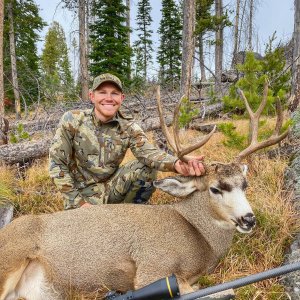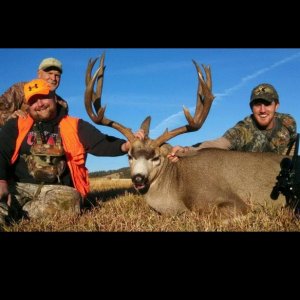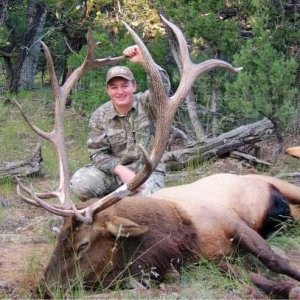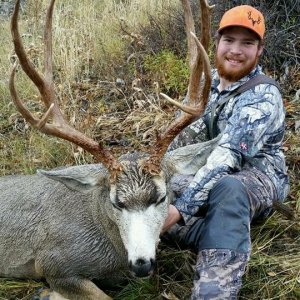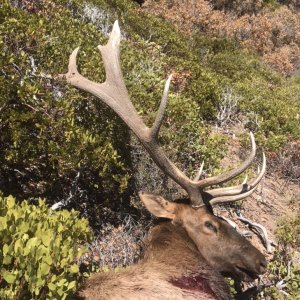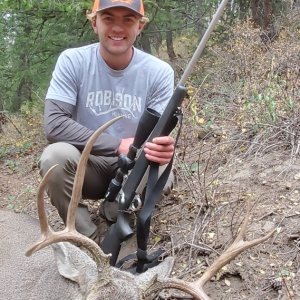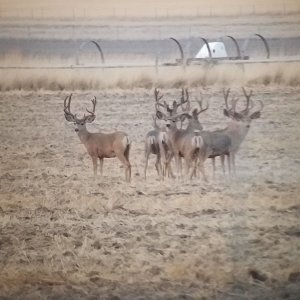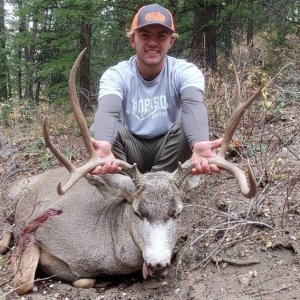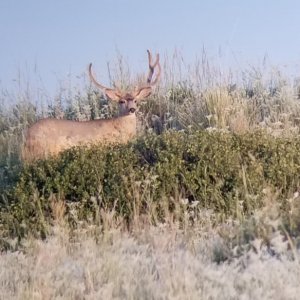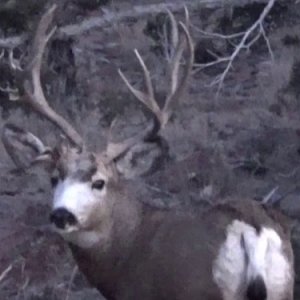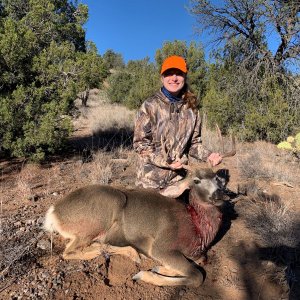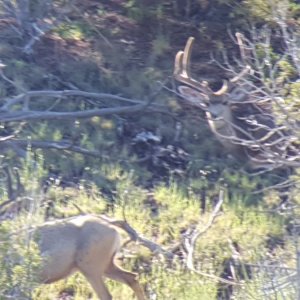Mickeyelk,
The answer to your question regarding the type of hunting depends on the type of country in Colorado you will be hunting. I would be prepared to do a little bit of everything if I were you. I am a stalking bow hunter (born and raised hunting elk in NW Colorado) and love dark forests where spotting is not an option. Regardless of the country you are hunting I am a big fan of cow calling in the first couple of weeks of the bow season. My buddies and I have managed to drop some of our biggest bulls early in the rut by playing to the fact that big bulls are building their herds and seem to be a lot more interested in coming to cow calls when they don't already have 20 ladies by their side. I will sit and cow call and position myself according to wind and/or responding animals. The bigger bulls we have taken early in the season have either come sneaking in on our down-wind sides or occasionally, though rarely, (a 320 6x6 bull my buddy killed at 10 yds last yr did this) will come in hard, fast and aggressive to a cow call when there are several smaller bulls in the vicinity and he does not yet have cows. If you are hunting dry country and can pattern a water hole or an excellent crossing, a tree stand might be an option, but I am not a fan of sitting on my butt for too long when elk hunting. I will use a bugle to locate bulls but strongly believe that many public land elk in CO are more bugle sensitive than their private land brethren. Unless I am hunting very open country I would try to find the deepest darkest place around and set up cow calling. I will typically sit and call for 30 to 45 minutes depending on responses regardless of the topography or cover of the country I am in. Don't be afraid to get up and change calling locations if you have been calling for a while and haven't had any responses or seen anything. I will move from spot to spot until I find elk or they find me. Also, don't be afraid to call (but softly and less aggressively) in the middle of the day if you are in cool dark timber. We have taken some nice bulls by sitting on the fringe of bedding areas and mewing on cow calls in the middle of the afternoon. Snoozing bulls will often wake up and come creeping in. Unless you really know the lay of the land resist the temptation to go slinking through these areas if you know elk are bedded in them in the middle of the day. Oh yeah, if you run into a herd bull try to find where he is headed and get your butt moving to a point where you think you can ambush him. Don't sit and try to call these boys in. Bring rain gear, snow gear, be in good shape, get off the roads and trails (with a compass and map or gps), stay scent free, and shoot straight.
-Cody

